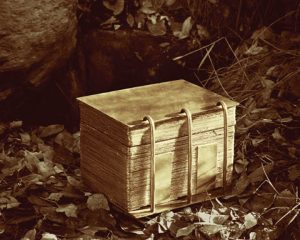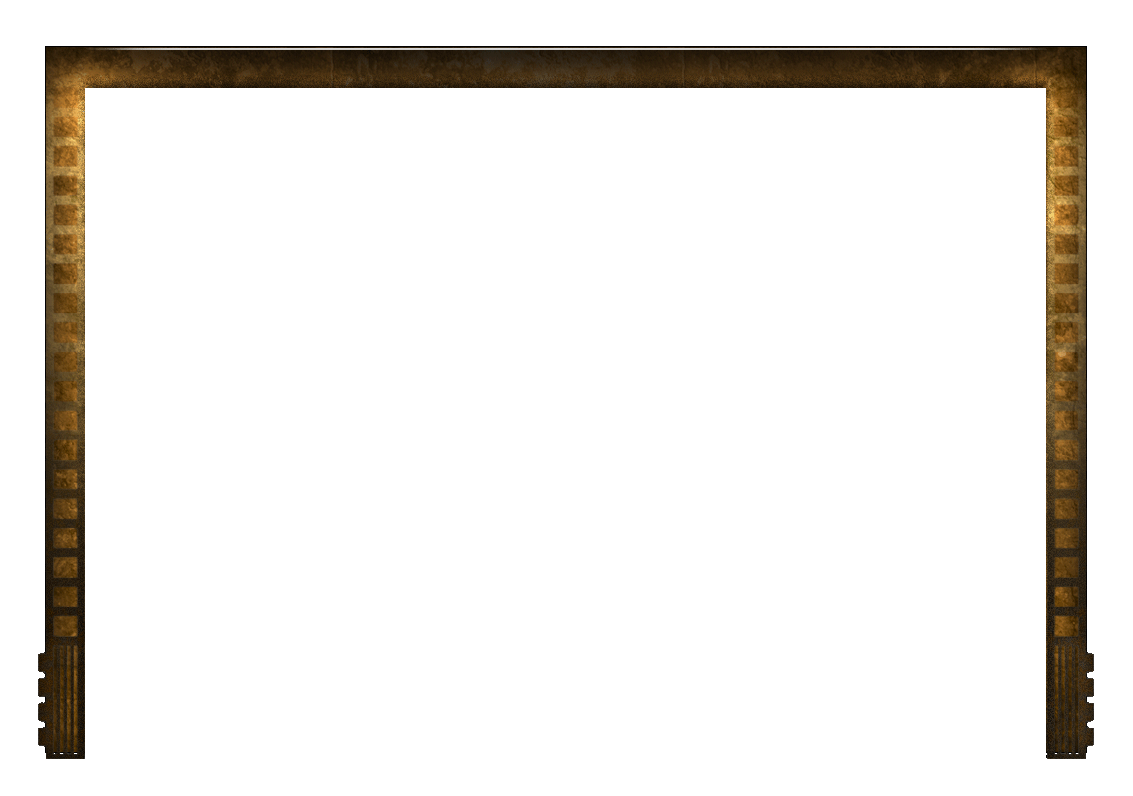Journey of Faith tracks the journey started in 600 bc by the Israelite Prophet Lehi and his family as they made their exodus from Jerusalem across the Arabian desert to the coast, and from there to the New World. Lehi’s son, Nephi, begins the account in 600 bc, preserving it by engraving on metal plates. The narrative did not come to light until the 1820s, when by divine revelation, Joseph Smith was directed to the plates and unearthed them from a hill in upstate New York. From them, by the power of God, he translated the Book of Mormon: Another Testament of Jesus Christ.
 Three years after God the Father and Jesus Christ appeared to Joseph Smith,[1] on 21st September 1823, Joseph again sought divine guidance. This time he was visited by an angel called Moroni.[2] The instruction given by Moroni to the young Joseph was wide-ranging and specific, but one important aspect is that:
Three years after God the Father and Jesus Christ appeared to Joseph Smith,[1] on 21st September 1823, Joseph again sought divine guidance. This time he was visited by an angel called Moroni.[2] The instruction given by Moroni to the young Joseph was wide-ranging and specific, but one important aspect is that:
“He said there was a book deposited, written upon gold plates, giving an account of the former inhabitants of this continent, and the source from whence they sprang. He also said that the fulness of the everlasting Gospel was contained in it, as delivered by the Savior to the ancient inhabitants” (JS—H 1:34).
Moroni told Joseph that he would not be able to get the plates yet, but that when he did, they were to be kept secret. As to the location:
“While he was conversing with me about the plates, the vision was opened to my mind that I could see the place where the plates were deposited, and that so clearly and distinctly that I knew the place again when I visited it (JS—H 1:42).
Obtaining the Plates
Although Joseph went the next day to the hill where the plates were buried, and indeed attempted to remove them, it was to be four years before he was able to unearth and remove the plates from the Hill Cumorah. The anniversary of the first visit by Moroni was marked by further instruction at the Hill Cumorah until on 27 September, 1827,
…having gone as usual at the end of another year to the place where they were deposited, the same heavenly messenger delivered them up to me with this charge: that I should be responsible for them; that if I should let them go carelessly, or through any neglect of mine, I should be cut off; but that if I would use all my endeavors to preserve them, until he, the messenger, should call for them, they should be protected. (JS—H 1:59)
Despite Moroni’s warning about keeping the existence of the plates secret, apparently members of Joseph’s family did talk about them to people they felt could be trusted. Accordingly, on the night that Joseph obtained the plates, violent and strenuous means were employed to get them from him. Lucy Mack Smith, Joseph Smith’s mother, recorded a more extensive report of Moroni’s warning to Joseph:
Now you have got the record into your own hands, and you are but a man, therefore you will have to be watchful and faithful to your trust, or you will be overpowered by wicked men, for they will lay every plan and scheme that is possible to get them away from you. And if you do not take heed continually, they will succeed. While they were in my hands I could keep them, and no man had power to take them away, but now I give them up to you. Beware, and look well to your ways, and you shall have power to retain them until the time for them to be translated.[3]
Joseph was able to keep them safe until they were reclaimed by Moroni.[4]
The Translation Process
Along with the plates were several artifacts, but the most crucial for our story was the Urim and Thummim.[5] With the aid of this device, Joseph was able to translate the characters he copied from the plates. Royal Skousen, who has done extensive work in an attempt to determine the original text of the Book of Mormon from extant manuscripts, has encapsulated the translation process into four steps:
- Joseph Smith sees (in some way) the English text;
- Joseph reads off the text to the scribe;
- the scribe hears the text;
- the scribe writes the text.[6]
The translation process began in earnest in April 1829 when Oliver Cowdery came to help Joseph and served as the main scribe.
Most evidence supports the idea that Joseph and Oliver began their work in April 1829 with the speech of Benjamin (Mosiah 1–6), translated to the end of the book of Moroni in May, then translated the Title Page, and finally translated the small plates of Nephi (1 Nephi–Omni) and the Words of Mormon before the end of June. . . . The text of the Title Page, “the last leaf” of the plates of Mormon (HC 1:71), was used as the book’s description on the copyright form filed on June 11, 1829.[7]
The Book of Mormon was translated and now began the task of publishing and disseminating it.
[1] The First Vision of Joseph Smith.
[2] Joseph Smith History (hereafter JS—H) 1:29–43.
[3] Scot F. Proctor and Maurine J. Proctor, eds., The Revised and Enhanced History of Joseph Smith by His Mother (Salt Lake City: Bookcraft, 1996), 145.
[4] See Andrew H. Hedges, “‘All My Endeavors to Preserve Them’: Protecting the Plates in Palmyra, 22 September—December 1827,” Journal of Book of Mormon Studies 8/2 (1999): 14–23. This article outlines the several attempts to get the plates from Joseph and the means by which he kept them safe.
[5] “An ancient instrument or tool prepared by God and used by Joseph Smith to aid in the translation of the Book of Mormon. God provided a Urim and Thummim to His prophets in ancient times (see Exodus 28:30; 1 Samuel 28:6; Ezra 2:63)”.
[6] Royal Skousen, “How Joseph Smith Translated the Book of Mormon: Evidence from the Original Manuscript,” Journal of Book of Mormon Studies: 7/1 (1998): 22–31);.

